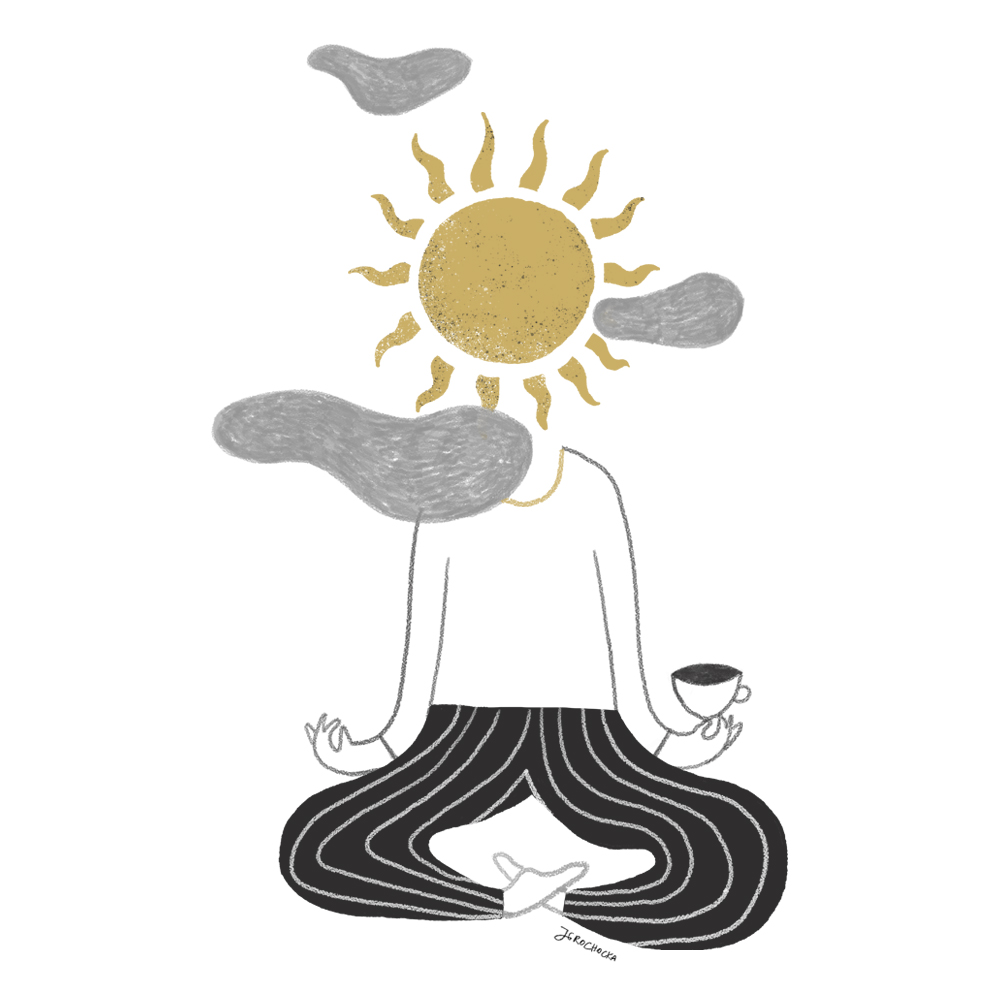
Kriya Yoga seminars are constantly organized in Europe and across the world. One of them will be held in Poland this autumn. During the weekend seminar, participants will learn the five-fold path of Babaji’s Kriya Yoga, including:
1
Kriya Hatha Yoga’s 18 postures: which bring about greater health, peace and the awakening of the principal energy channels, the ‘nadis’, and centres, the ‘chakras’. Babaji has selected a particularly effective series of 18 postures, which are taught in stages and in pairs. One cares for the physical body not for its own sake but as a vehicle or temple of the Divine.
2
Kriya Kundalini Pranayama: a powerful breathing technique to awaken one’s potential power and consciousness and to circulate it through the seven principal chakras between the base of the spine and the crown of the head. It awakens the latent faculties associated with the seven chakras and makes one a dynamo on all five planes of existence.
3
Kriya Dhyana Yoga: a progressive series of meditation techniques to learn the scientific art of mastering the mind – to cleanse the subconscious, to develop concentration, mental clarity and vision, to awaken the intellectual, intuitive and creative faculties, and to bring about the breathless state of communion with God, ‘Samadhi’ and Self-Realization.
Participants will be encouraged to practice these every day for about an hour or more. In a subsequent initiation seminar, during a weekend residential retreat in nature, participants will learn how to integrate the practice of Yoga into daily life, to make their life their Yoga, with training in:
4
Kriya Mantra Yoga: the silent mental repetition of subtle sounds to awaken the intuition, the intellect and the chakras; the mantra becomes a substitute for the ‘I’-centred mental chatter and facilitates the accumulation of great amounts of energy. The mantra also cleanses habitual subconscious tendencies.
5
Kriya Bhakti Yoga: the cultivation of the soul’s aspiration for the Divine. It includes devotional activities and service to awaken unconditional love and spiritual bliss; it includes chanting and singing, ceremonies, pilgrimages, and worship. Gradually, all of one’s activities become soaked with sweetness, as the ‘Beloved’ is perceived in all.

After a year of regular practice, persons who have participated in these two initiation seminars are eligible to participate in the third initiation seminar, an 8-day residential seminar, also in a natural environment, to learn the advanced techniques that enable one to experience samadhi, and eventually with enough dedication to experience a deepening sense of self-realization.
We encourage you to get acquainted with books of Marshall Govindan (Satchidananda): Kriya Yoga Insights Along the Path and Babajiand the 18 Siddha Kriya Yoga Tradition, both available in English. Additional information is available on www.babajiskriyayoga.net







